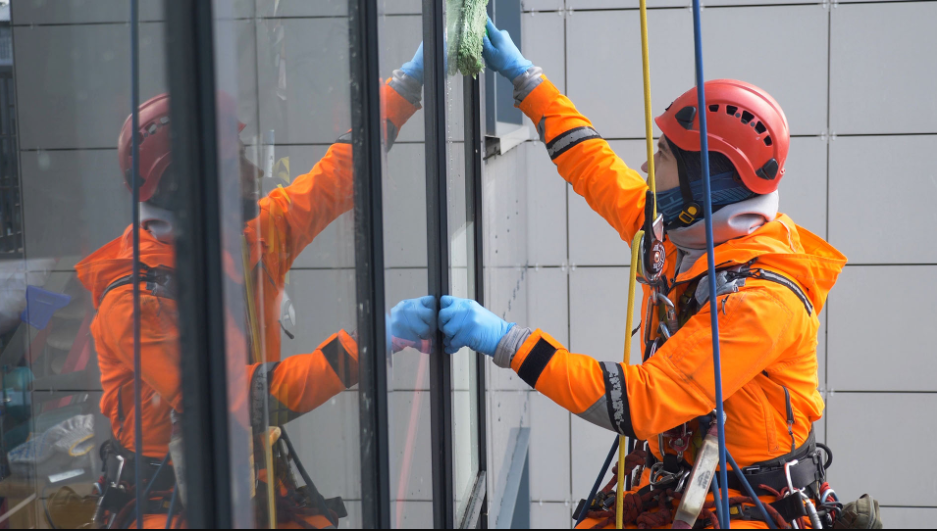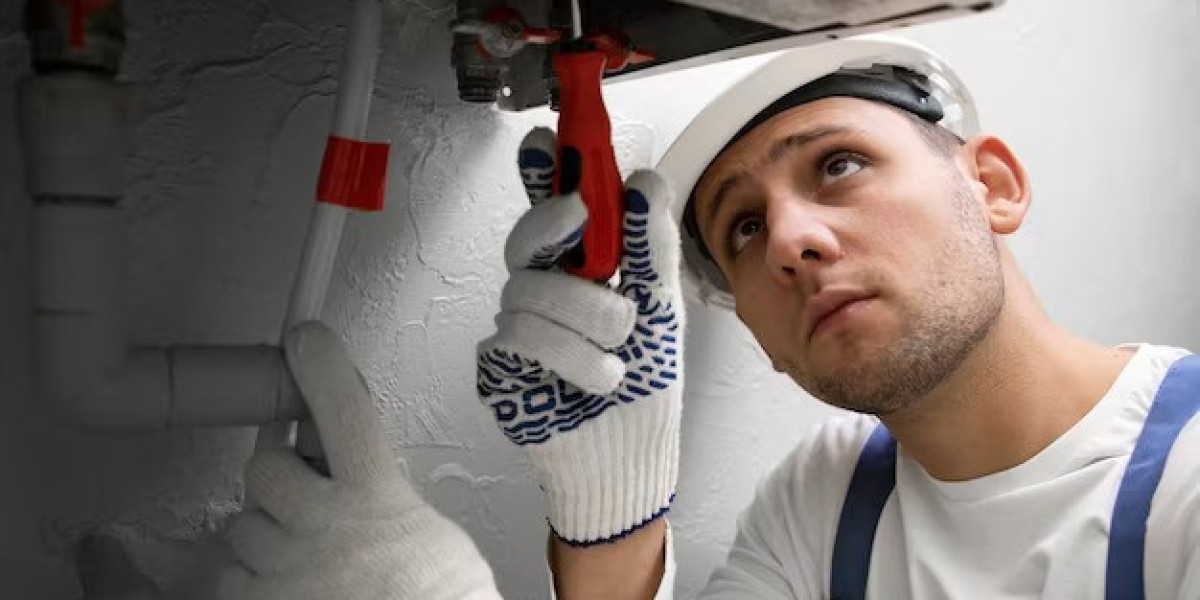How to choose safety Harness? Comprehensive guide

In our ever-evolving digital world, safety is paramount, whether in the real or virtual realm. One of the most critical aspects of ensuring safety is the use of safety harnesses. These devices serve as a protective shield, offering a lifeline when working at heights, securing lives in perilous situations. In this comprehensive guide, we will delve deep into the world of safety harnesses. We’ll explore their types, importance, regulations, and tips for choosing the right safety harness, ensuring that you make an informed decision when it comes to safeguarding lives.
Types of Safety Harnesses
1. Full Body Safety Harness
The full-body safety harness is the most common type. It covers the chest, shoulders, waist, and legs, distributing the force of any fall across the entire body. This design minimizes injury and provides comfort during prolonged use.
2. Chest Harness
Chest harnesses are specifically designed for rescue operations. They fit around the upper torso, securing the individual from above. These harnesses are ideal for situations where the user may need to be lifted from a confined space.
3. Seat Harness
Seat harnesses are popular among workers who require support while in a sitting position. They provide comfort and security for jobs that involve long hours of sitting while working at height.
4. Construction Harness
Designed for the construction industry, these harnesses come with tool loops and pouches, making them suitable for carrying tools and equipment while working at heights.
The Importance of Safety Harnesses
Ensuring the safety of workers and individuals in high-risk environments is paramount. Here’s why safety harnesses are a critical element of workplace safety:
1. Fall Protection
Safety harnesses are the last line of defense against falls. In case of an accidental fall, the harness distributes the force across the body, reducing the risk of severe injury or fatality.
2. Compliance with Regulations
Occupational Safety and Health Administration (OSHA) and other regulatory bodies mandate the use of safety harnesses in various industries. Failing to comply with these regulations can result in fines and legal complications.
3. Enhanced Productivity
Workers who feel safe and secure tend to be more productive. Safety harnesses boost confidence, allowing employees to focus on their tasks, rather than worrying about their safety.
4. Versatility
Safety harnesses are versatile tools. They are essential not only in construction but also in industries like window cleaning, tree trimming, rescue operations, and more.
Regulations and Standards
When it comes to safety harnesses, adherence to regulations and standards is crucial. The following standards must be considered:
1. OSHA Regulations
OSHA provides strict guidelines on the use of safety harnesses. Compliance with these regulations is non-negotiable for businesses, as it directly affects worker safety and legal obligations.
2. ANSI Standards
The American National Standards Institute (ANSI) sets industry standards for safety equipment. Ensuring that your safety harness meets ANSI requirements is a key element in guaranteeing its reliability.
3. European Standards
For those in Europe, CE certifications are vital. CE-certified harnesses meet the European Union’s safety standards and are widely accepted as safe and reliable.
Choosing the Right Safety Harness
Selecting the right safety harness can be a daunting task, but it’s essential to ensure the safety of workers. Here are some tips to help you make the best choice:
1. Identify the Application
Consider the specific job or industry for which the harness is required. Each application may have unique requirements.
2. Comfort and Fit
A comfortable harness is more likely to be worn consistently. Ensure that it fits well and provides ease of movement.
3. Inspection and Maintenance
Regular inspection and maintenance of safety harnesses are critical to their longevity and effectiveness. Follow the manufacturer’s guidelines for upkeep.
4. Training
Proper training in the correct usage of safety harnesses is crucial. Ensure that users are well-versed in their deployment to maximize safety.
Conclusion
Safety harnesses are not just tools but lifelines that protect lives in high-risk situations. Choosing the right safety harness, adhering to regulations, and ensuring proper maintenance are all critical factors in their effectiveness. Remember that in today’s world, safety should always be the top priority.
Read Also : How to choose safety Harness? Comprehensive guide




